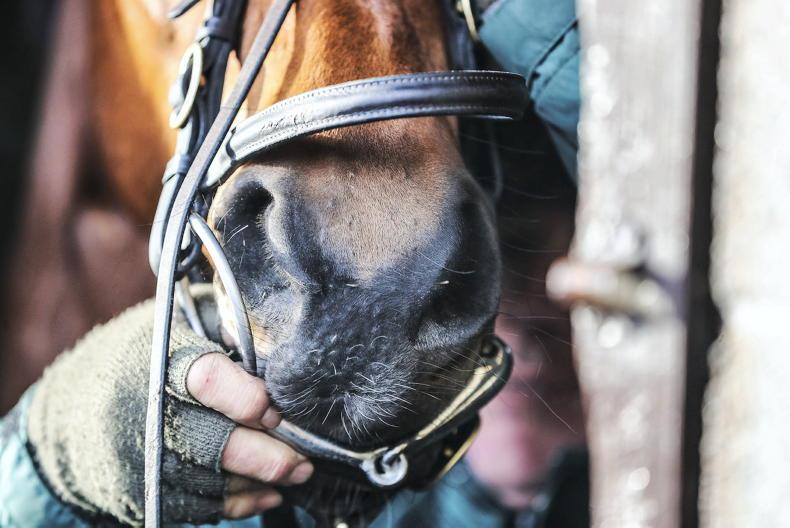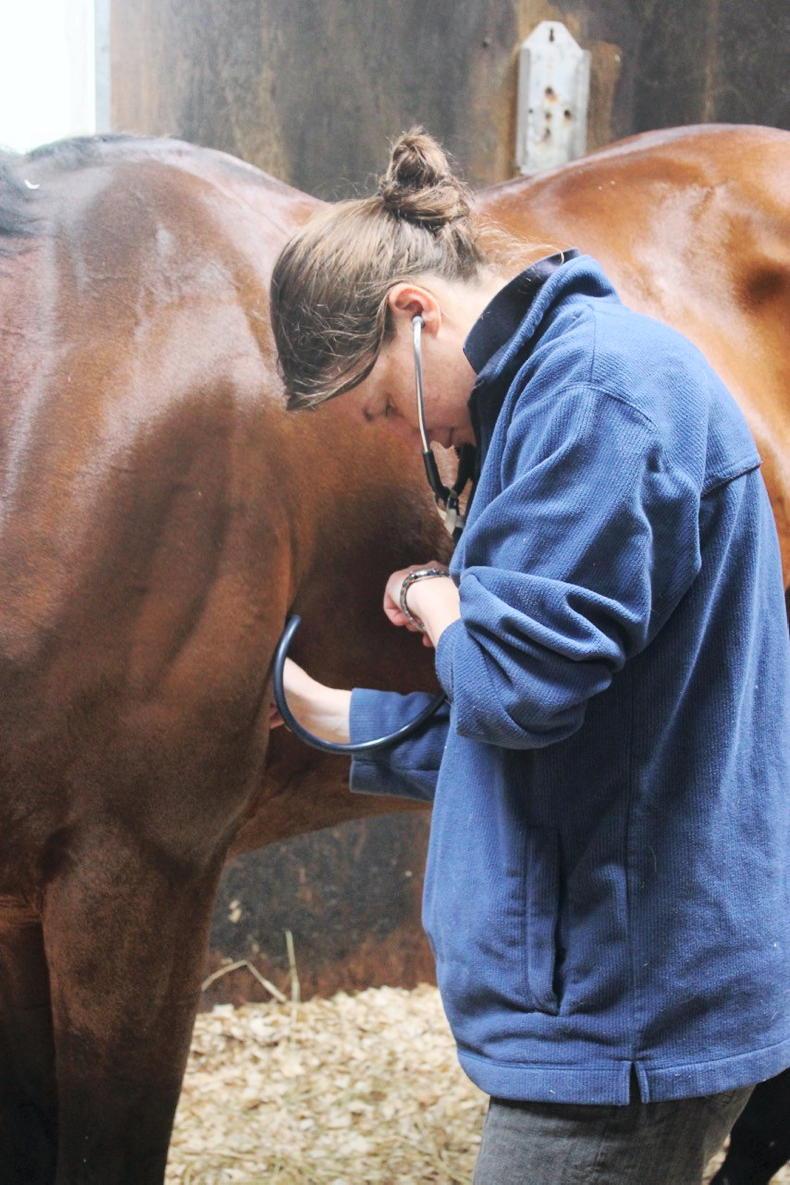IN 2022, the first large-scale study of the procedure known as the ‘Madigan Squeeze Technique’ confirmed that the physical compression procedure helps new-born foals with neonatal maladjustment syndrome (or ‘dummy’ foals) recover more quickly than those treated with only medication (also works on calves).
John Madigan is a distinguished professor emeritus of medicine and epidemiology at the UC Davis School of Veterinary Medicine and he developed the squeeze technique after years of research into how neonatal maladjustment syndrome develops. The technique, which involves wrapping a foal’s upper torso with loops of soft rope and applying pressure for 20 minutes, replicates the compression a foal experiences during birth.


 This is a subscriber-only article
This is a subscriber-only article
 It looks like you're browsing in private mode
It looks like you're browsing in private mode










SHARING OPTIONS: